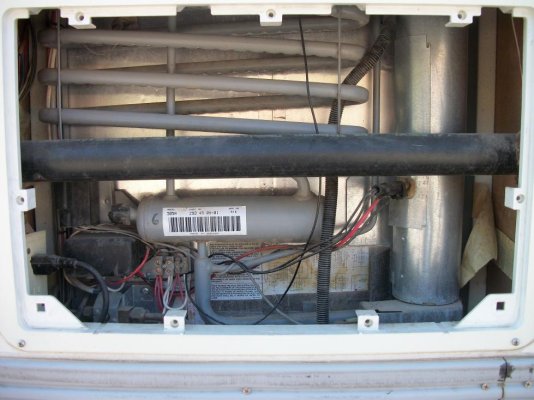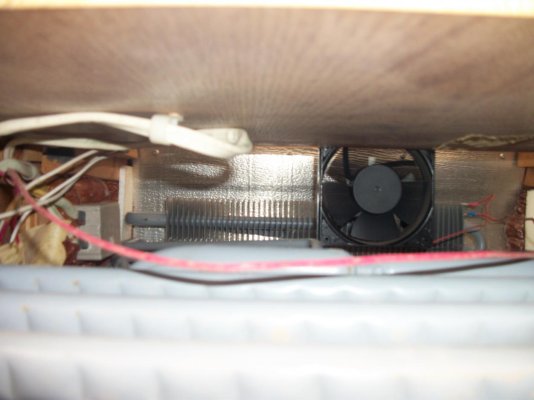garrett-HILO
New Member
- Joined
- May 1, 2011
- Messages
- 2
Traveling with Gas on
I have traveled 700 miles running my fridge on gas. As a precaution I would back out of gas stations. if your worried about air flow in the camper open a roof vent slightly. When I ran on DC id didn't keep food cold and battery would wear down on long trips then you get to your destination and the camper doesn't raise.
I have traveled 700 miles running my fridge on gas. As a precaution I would back out of gas stations. if your worried about air flow in the camper open a roof vent slightly. When I ran on DC id didn't keep food cold and battery would wear down on long trips then you get to your destination and the camper doesn't raise.





